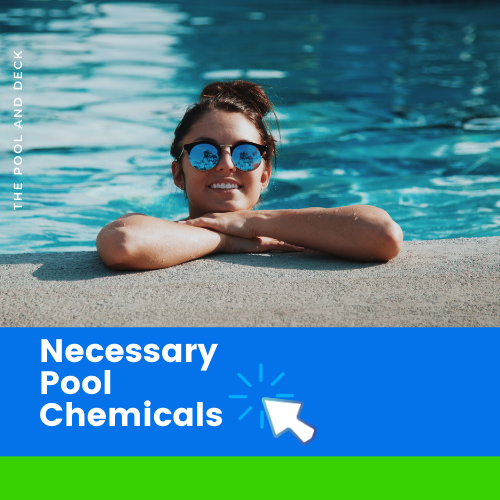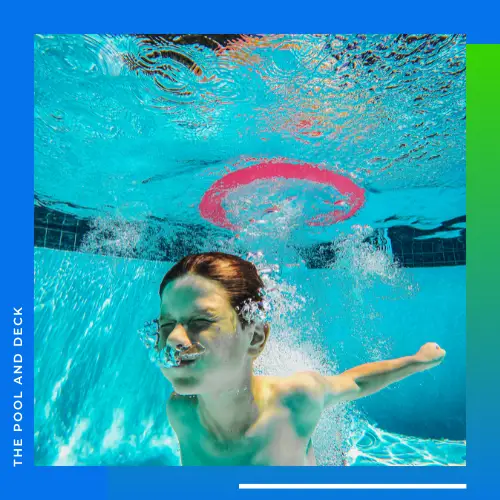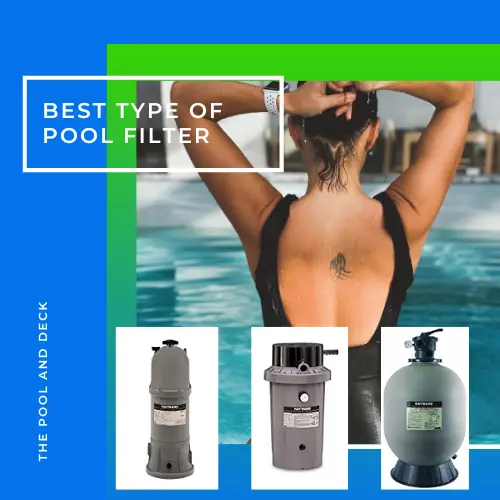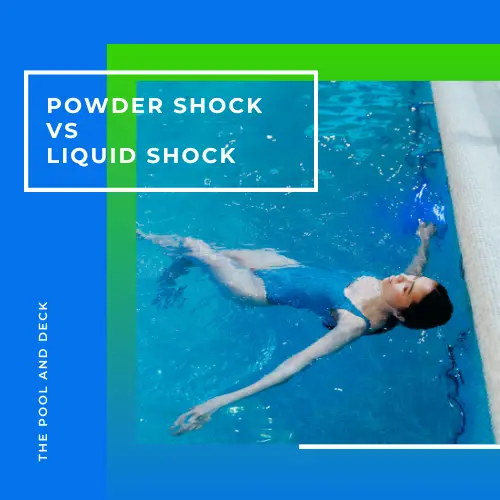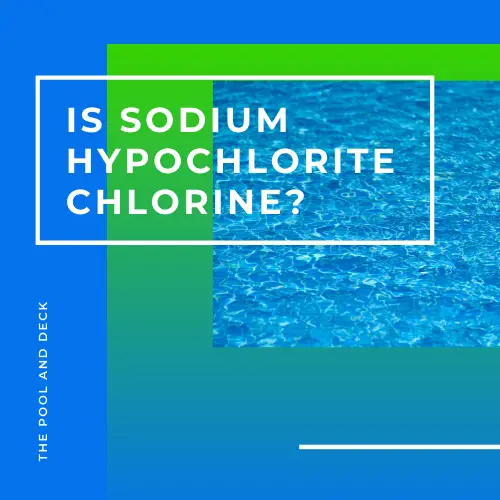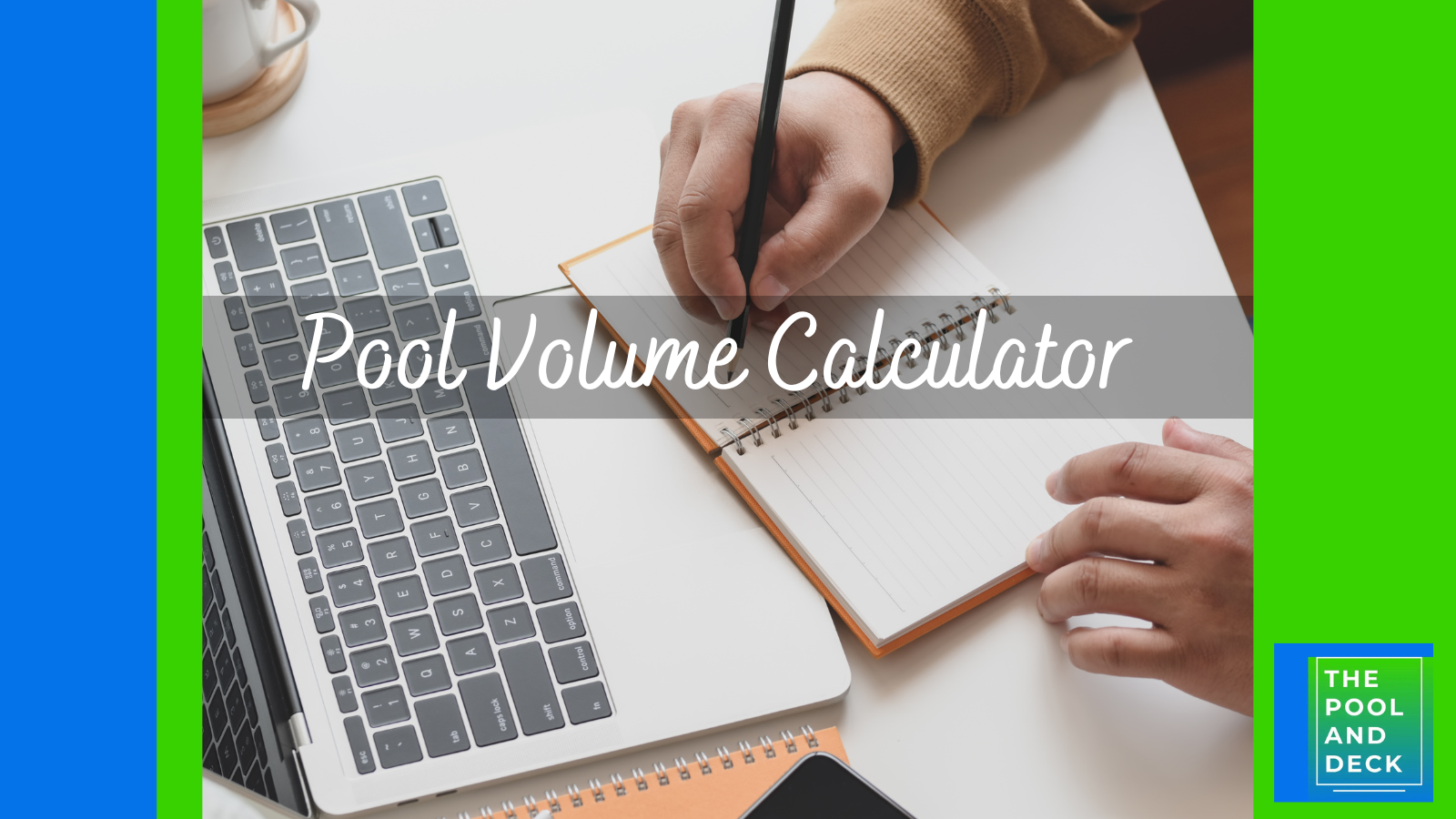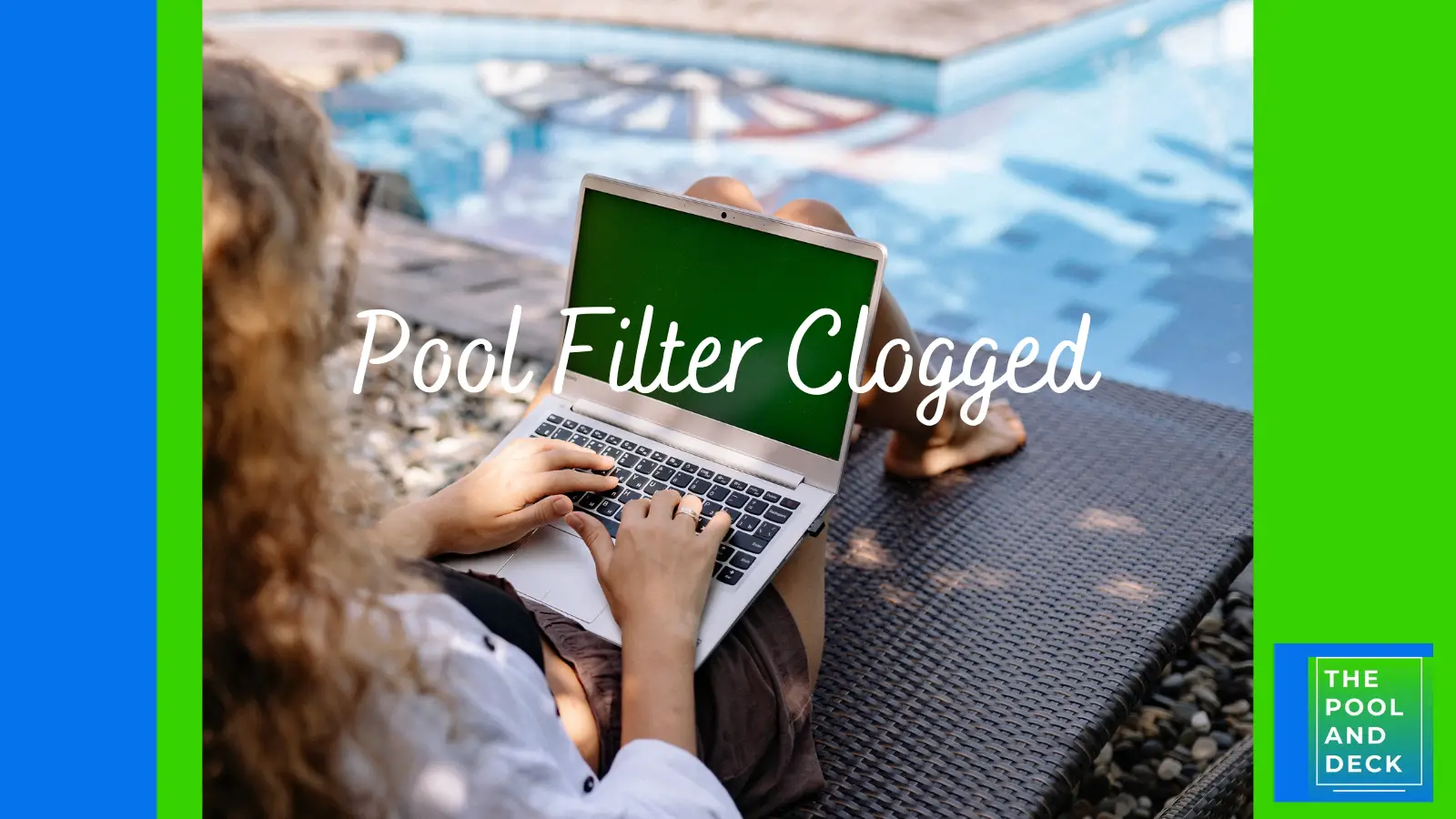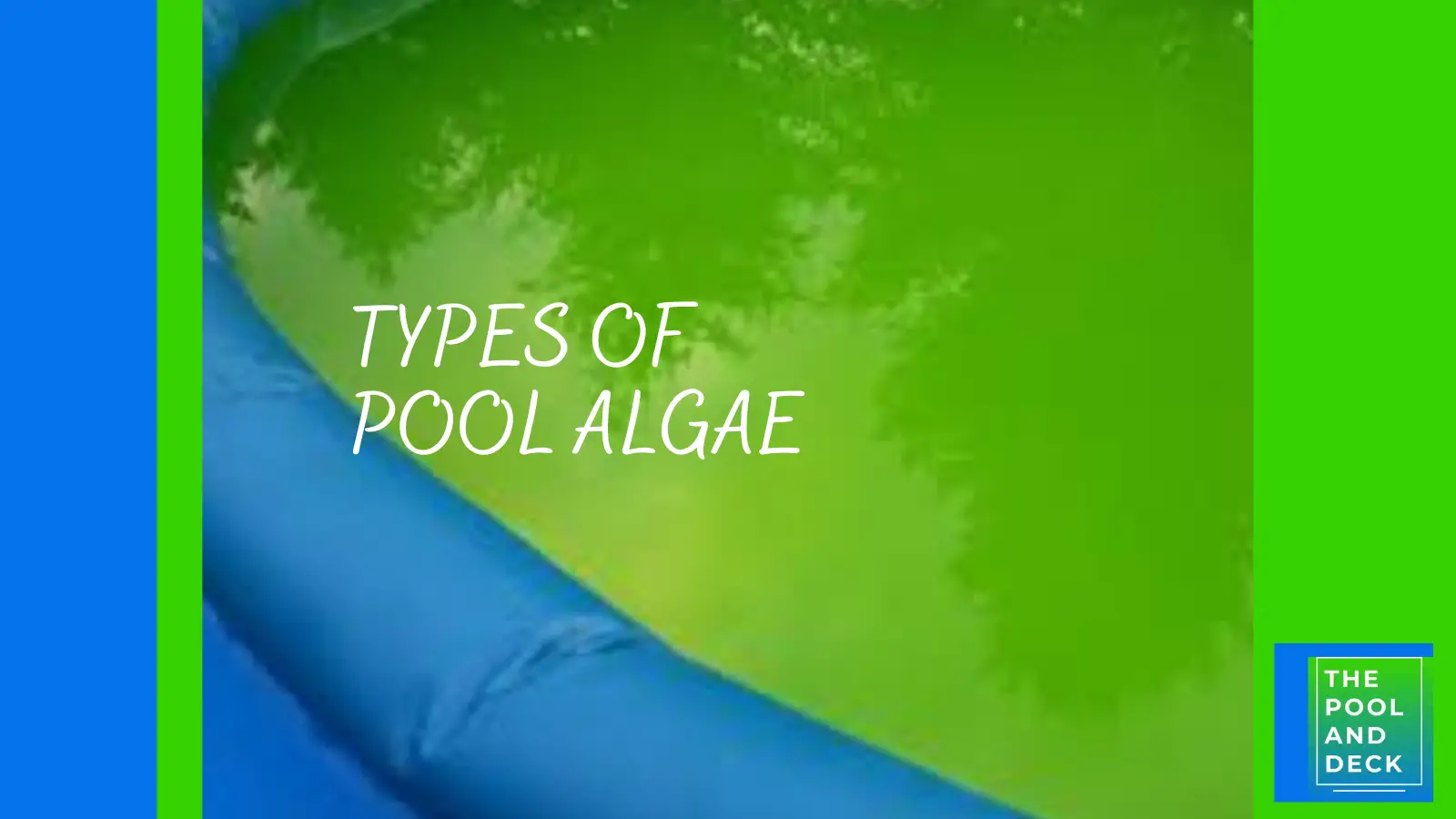Chloramines in Pool: How Best to Deal with Them and Stay Safe?
As an Amazon Associate, I earn from qualifying purchases.
Table of Contents
Do Chloramines Make Pools Cloudy?
Chloramines in pool water do make pools cloudy. As a matter of fact, chloramines in your pool are the most likely suspect, if your pool is cloudy. Chloramines consume chlorine, leaving you with lower levels of free chlorine. The pool water turns cloudy due to increase in microorganisms when free chlorine levels drop.
Chloramines are formed when chlorine in pool water combines with nitrogen-containing compounds, such as sweat and urine, brought into the pool by swimmers.
When chloramines build up in the water, they can cause a variety of issues, including unpleasant odors, skin and eye irritation, and cloudy water.
Chloramines are weak disinfectants and are not as effective as free chlorine. This is because they have a lower ability to oxidize organic matter. The result is a buildup of microorganisms and pool cloudiness.
Chloramines can also interfere with the effectiveness of other pool chemicals, such as algaecides and clarifiers, which can contribute to cloudy water.
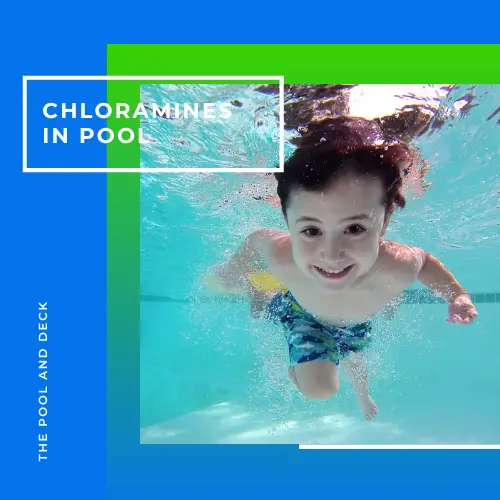
Other Reasons for a Cloudy Pool
Of course, chloramines in the pool are not the only reason it can turn cloudy. There are other reasons too. Some of these are:
- High levels of dissolved minerals
- Imbalance in pool pH and Total Alkalinity (TA)
- Clogged pool filters
- Increase in Cyanuric Acid (CYA) levels
- Increase in Calcium Hardness (CH)
- Drop in Chlorine levels
- Insufficient use of Algaecide and Clarifiers
- Not cleaning the pool bottom on a regular basis
- Unexpected sandstorms or torrential rain
- Yard debris blown into the pool
Proper pool maintenance and water chemistry balance are essential to keeping your pool clear and safe for you and your family.
Click on the image below to reach the page with all the Necessary Pool Chemicals.
What Causes Chloramines in the Pool?
The chlorine that you add to your pool to sanitize it also creates chloramines. Here is how it works.
Chlorine in the presence of water forms Hypochlorous (HOCl) acid. Hypochlorous (HOCl) acid exists in the pool water along with the Hypochlorite (OCl)- ion as per the equation.
HOCL <=> HOCL+ + OCl-
Together HOCL and OCL- are referred to as Free Chlorine (FC). The ratio between HOCL and OCl- is determined by the pH of the pool water. It is Free Chlorine that has the oxidizing power to react with contaminants and neutralize them.
Free Chlorine can combine with any ammonia (a component of body fluids) to form chloramines. Ammonia goes through the following stages.
Ammonia (NH3) ==> Monochloramine (NH2Cl) ==> Dichoramaine (NHCl2) ==> Trichloramine (NCl3)
The final product is Trichloramine which exits the pool as a gas and this gives the pool a distinct “chlorine’ smell.
Total Chlorine (TC) is the sum of Free Chlorine (FC) and Combined Chlorine (CC). Combined Chlorine is the “spent” portion of Chlorine and includes Chloramines.
Is Chloramine in the Pool Harmful?
Chloramine in the pool is certainly an irritant and a nuisance. Persistent exposure to chloramine, such as in the case of indoor pools, can be a health hazard. This is what CDC has to say about chloramines in the pool.
Chloramines in the water, like dichloramine and trichloramine, irritate skin, eyes, and the respiratory tract (including the nose) when they off gas from the water and into the air above, particularly indoors
The presence of high levels of chloramine is also an indicator that Free Chlorine may not be sufficient to keep your pool sanitized to the desired levels.
Chloramines in the pool water will also corrode metal parts in pool equipment, in and around the pool area.
How to Test for Chloramine in Pool Water?
Actually the strong chlorine smell emanating from your pool will tell you that the chloramine levels in your pool are high. Just scoop up a cup of the pool water and smell it. You will get the whiff!
There are several test methods for measuring chloramine levels. You can use test strips, liquid test kits or electronic testing devices.
Test strips are convenient and inexpensive. They are easy to use and you can get quick results. To use a test strip, simply dip it into the water and compare the color change to the chart on the packaging.
Liquid test kits use a chemical indicator to measure the levels of chloramines in the pool water. The results are read by comparing the color of the sample to a color chart provided with the kit. Liquid test kits are more accurate than test strips, but they are more time-consuming.
Electronic testing devices, such as digital test strips and handheld colorimeters, are the most accurate way to test for chloramines in pool water. These devices use sensors to measure the levels of chloramines in the water and provide a digital readout of the results.
Electronic testing devices are quite expensive. They are great for public pools, but a bit of an overkill for the pool in your backyard.
How to Get Rid of Chloramines in the Pool?
To get rid of chloramines from the pool water and to make sure that they remain at acceptable levels
- You must remove them when levels rise
- Prevent their formation in the first place
Removing Chloramines
Shocking the pool involves adding a large amount of chlorine to break down the chloramines and other organic matter, removing a large quantity of chloramines from the water.
To go back to the earlier statement, chloramines progress as under:
Ammonia (NH3) ==> Monochloramine (NH2Cl) ==> Dichoramaine (NHCl2) ==> Trichloramine (NCl3)
Addition of chlorine in large quantities hastens the process of Trichloramine formation. Trichloramine is a gas that exits the pool.
Shock Treatment
Shock treatment should be done in the evening or at night and when the pool is not in use. The filter should be set on “circulate”. Use of Cal Hypo or Liquid Chlorine Shock is more effective.
Cyanuric Acid Free Shock (Cal Hypo)
HTH 52037 Pool Care Shock Advanced
A fast-dissolving, convenient 4-in-1 Cal Hypo formula that kills bacteria & algae, reduces chlorine odor & irritation, and quickly restores crystal clarity.
Dichlor shock can also be used if the Cyanuric Acid (CYA) levels in your pool are low. (NOTE: High Cyanuric Acid (CYA) levels can also cause your pool to become cloudy).
Once you have achieved the desired pool chemistry, brush and vacuum the pool with the filter on “filter” setting to remove any debris that may have accumulated. You will have a clean, pleasant smelling and completely sanitized pool!
Specialized Chemicals
As an alternative, you can use specialized chemicals such as chlorine neutralizers or oxidizers to remove chloramines. Chlorine neutralizers work by chemically binding to the chlorine molecules in the water, which can help break down chloramines. Oxidizers, on the other hand, work by adding oxygen to the water, which can help break down the organic matter that contributes to the formation of chloramines.
Preventive Measures
Chloramines are formed by a reaction of chlorine (a sanitizer) with ammonia (a part of body fluids such as sweat & urine). To prevent this reaction from taking place, make sure that everyone showers before entering the pool and swimsuits are washed after a swim.
And make sure no one pees in the pool!
In addition, to reduce the formation of chloramines, maintain proper pool water chemistry and sanitation. This includes regular testing and balancing of the pH, alkalinity, and chlorine levels.
Brushing, vacuuming and maintaining the pool filtration system are also very important and go a long way in keeping your pool free from chloramines and devoid of pathogens.
For more information check out my Pool Chemistry for Beginners: With 5 Super Helpful Cheat Sheets!
Thank you very much for reading the post. I do hope you found it informative and helpful.

